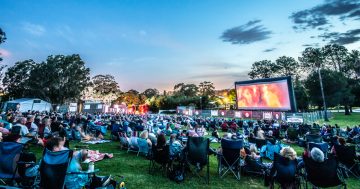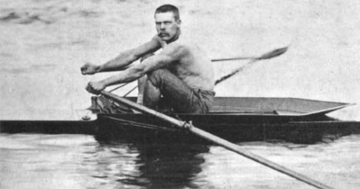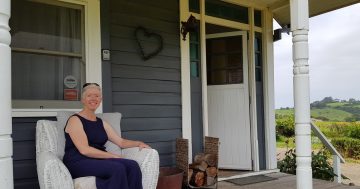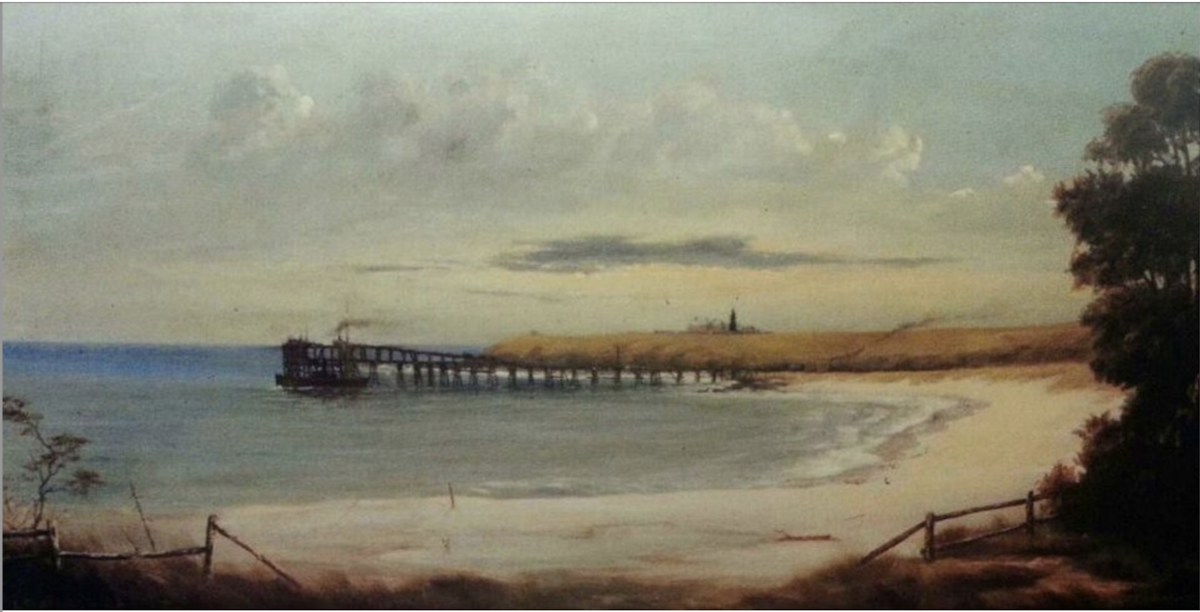
Australian artist Louis Frank was commissioned to paint Sandon Cottage: The Estate of George Adams (as viewed from Thirroul). Photo: Supplied.
If you’ve ever “taken a ticket in the Tatts”, then it’s basically because of a man named George Adams. And he is the man after whose birthplace Sandon Point at Bulli took its name.
Adams took his first Illawarra gamble at the Steam Packet Inn which once stood on the corner of Market Square and Terralong Street Kiama. It had been built in 1859.
But how George Adams – humbly born in the parish of Sandon in Hertfordshire in 1839 as the son of a farm labourer – eventually garnered untold riches after his family emigrated to Australian in 1855 is a strange tale.
In 1857 young Adams took off for the Canoona gold rush in Queensland. He then worked on sheep stations in outback NSW. Somehow these occupations made him sufficiently cashed up to buy the licence of Kiama’s Steam Packet Inn in 1875.
Subsequently, Adams acquired grazing property near Crookwell and, in conjunction, ran a butchering establishment at Goulburn.
Apparently Adams was very keen on punting and if not quite becoming “a colourful racing identity” he must have often got lucky.
He soon became a fixture at Sydney race meetings and also frequented O’Brien’s Hotel in Pitt Street – at the time the headquarters of the Tattersall’s Club formed by the Australian Bookmakers’ Association which had considerable control over horse racing in NSW.
Mysteriously, just three years after acquiring the licence of the Kiama pub, three men – George Hill, Bill Archer and George Loseby – in a baffling gesture of generosity decided to buy O’Brien’s Hotel for Adams supposedly telling him to “pay us when you can”.
George Hill (1802-1883) was a butcher, alderman and sporting patron. The only possible connection between Hill and Adams may have been that, as a Pitt Street butcher, Hill ran cattle on the South Coast – presumably near the port of Kiama.
More certainly, Hill was treasurer of the Sydney Races and also held 56,000 acres (22,663 ha) on the Murrumbidgee.
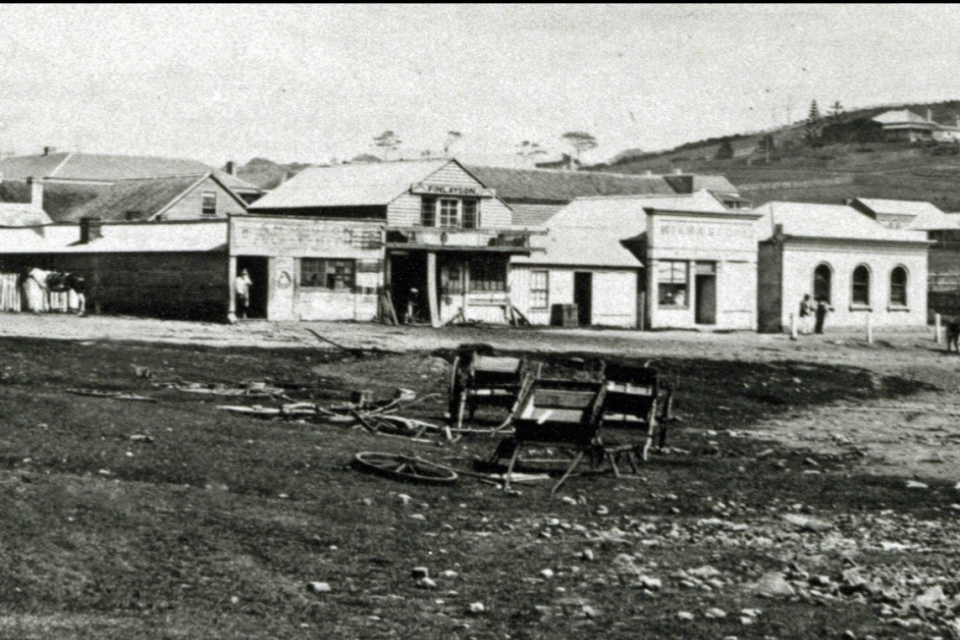
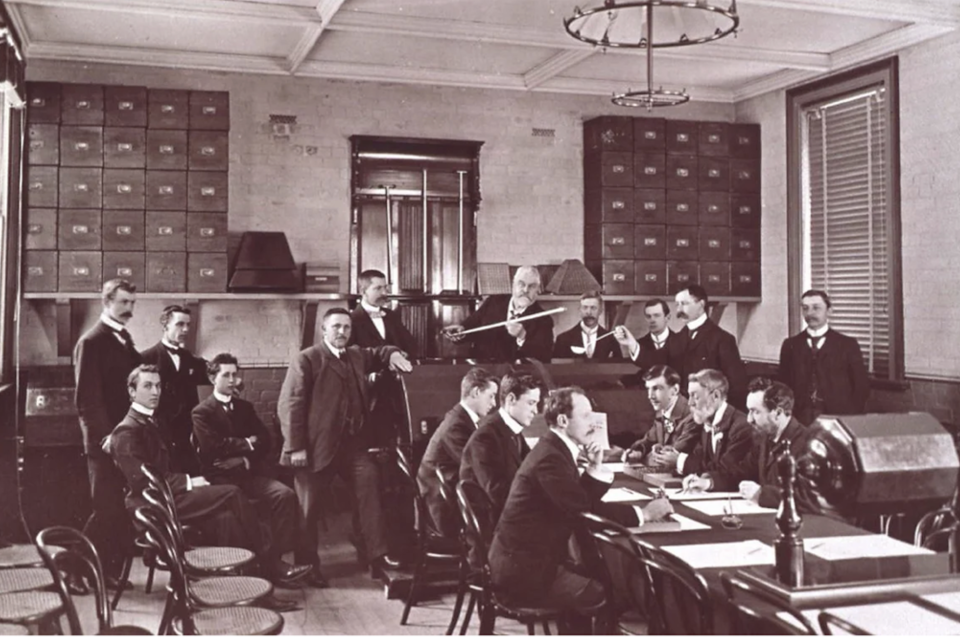
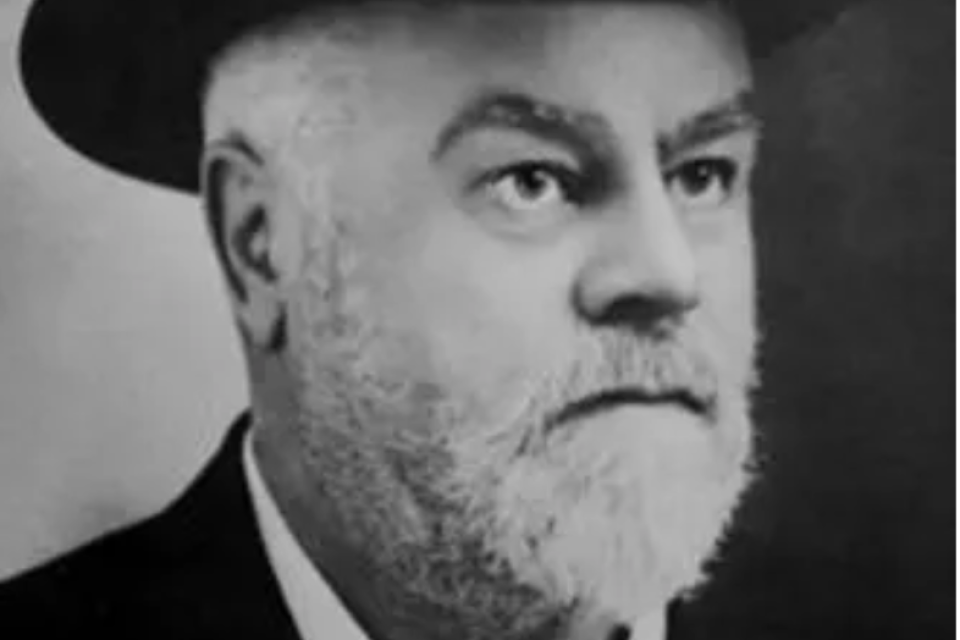
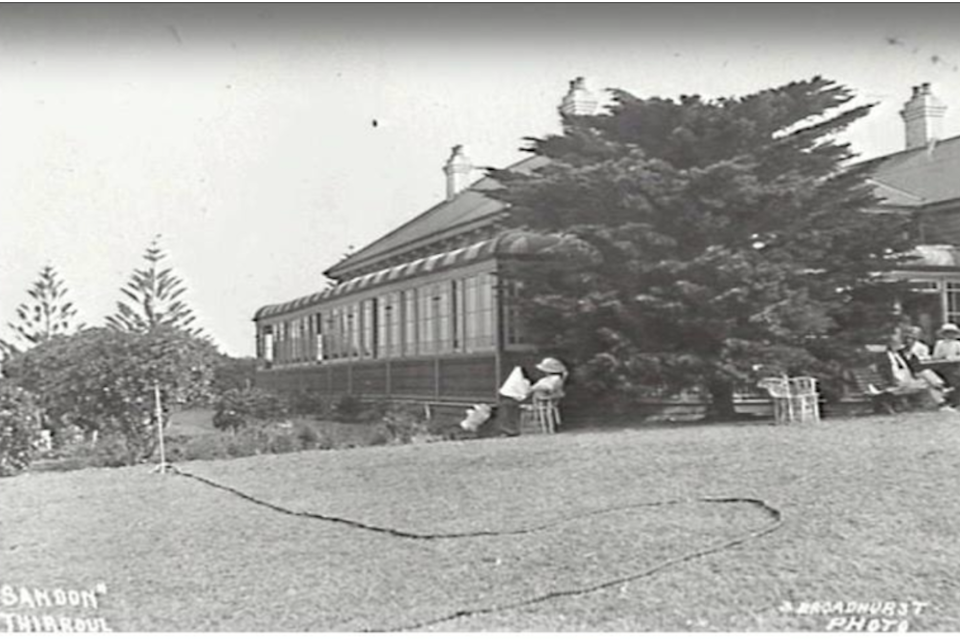
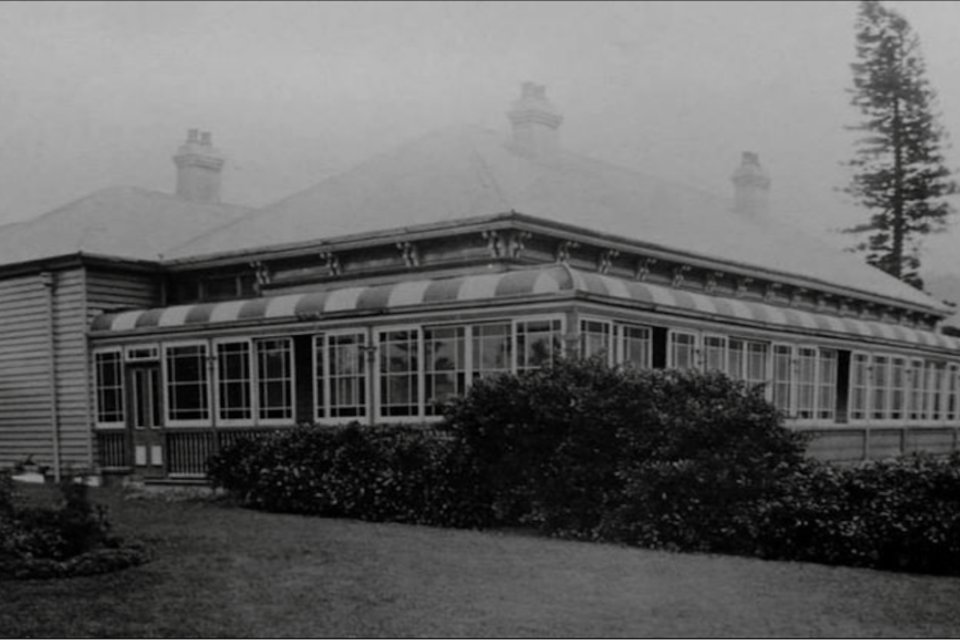
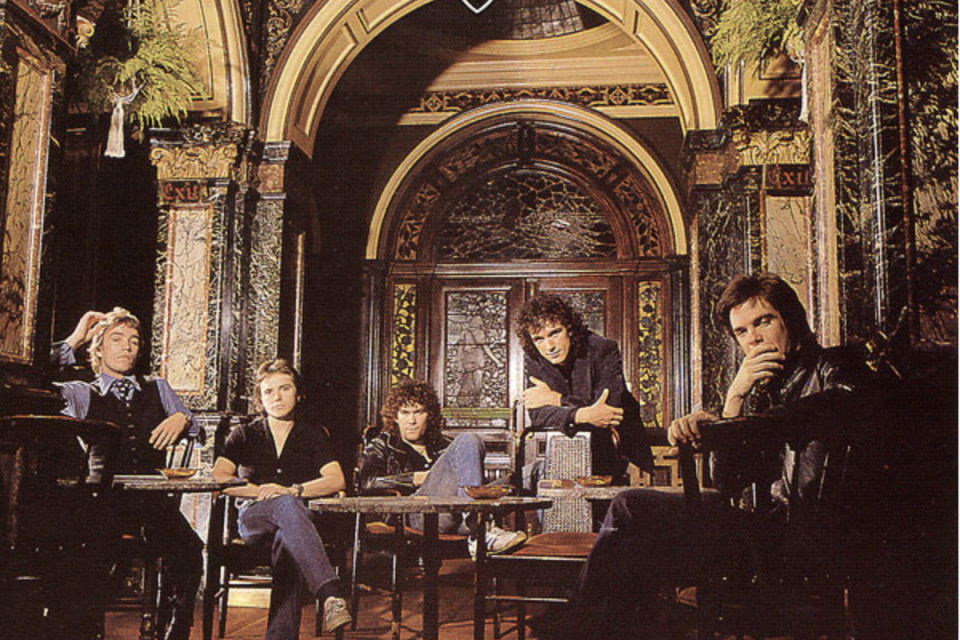
One of Hill’s daughters married Fitzwilliam Wentworth, a committeeman of the Australian Jockey Club, who – through his grandfather D’Arcy Wentworth – became part heir to most of the Illawarra land between Port Kembla and Dunmore.
Much of Adams’ growing prosperity came from the sweepstakes that he conducted for the Tattersall’s Club members at their meetings at his new hotel. And in 1881 Adams conducted his first public (rather than private) Tattersall’s Sweep on the Sydney Cup.
These sweepstakes proved incredibly profitable and in just six years, George was so wealthy he had paid off his sponsors and acquired the freehold of the Sydney hotel for a further £40,000.
Adams also bought, at bargain prices during the severe economic depression of the early 1890s, the entire Old Bulli Colliery and the land surrounding its tramway heading to Bulli Jetty which Adams christened “Sandon Point”.
He then built the very comfortable, oversized “Sandon Cottage” to take advantage of the fabulous views to the north.
But obstacles soon arose for Adams. Seizing on opposition to gambling from religious bodies in 1892, the NSW Government passed legislation to prohibit the delivery of letters containing sweep investments.
Adams then moved his operations to Queensland but was stymied there with similar legislation. He then cut a deal with the Tasmanian Government and so became a kind of tax and legislative exile while adding quite a bit of Vandemonian real estate to his gambling and hotel interests.
Adams’ wife, however, seems to have mostly remained at Sandon Cottage until at least 1898.
Adams died in 1904 and his Sandon Cottage was demolished in 1919 and its fine timbers were used to create four smaller buildings. The beautiful garden tendered by Bulli’s John Joseph Waugh was also lost.
But when hundreds squeezed into Thirroul Leagues Club on 9 December 1983 to hear Cold Chisel play, few would have known that Adams’ Sydney hotel’s famous Marble Bar (costing £32,000 in 1893 and eventually painstakingly reassembled in the Sydney Hilton Hotel in 1973) that Cold Chisel had used as the cover for their 1979 “Breakfast at Sweethearts” album was paid for by a gambling man who once resided on Sandon Point at Bulli.
On his death in 1904 the entire Adams estate was sworn for probate in NSW for more than £50,000, and in Tasmania for £130,000 at a time when a modest house on a fair-sized block of land in Illawarra sold for about £200.








